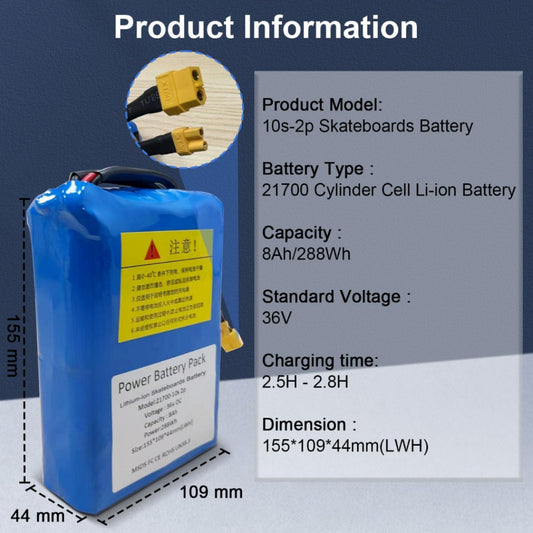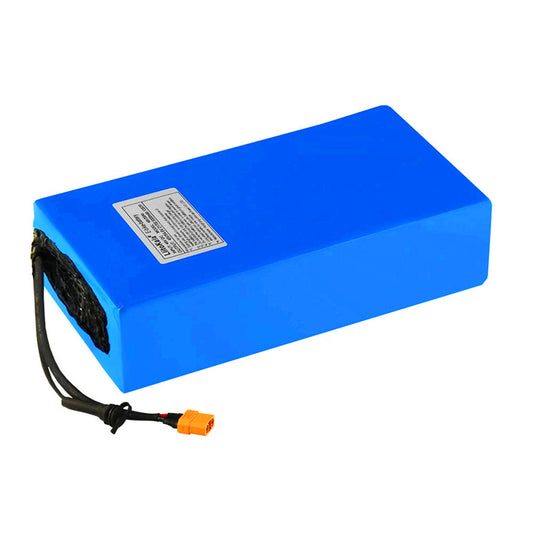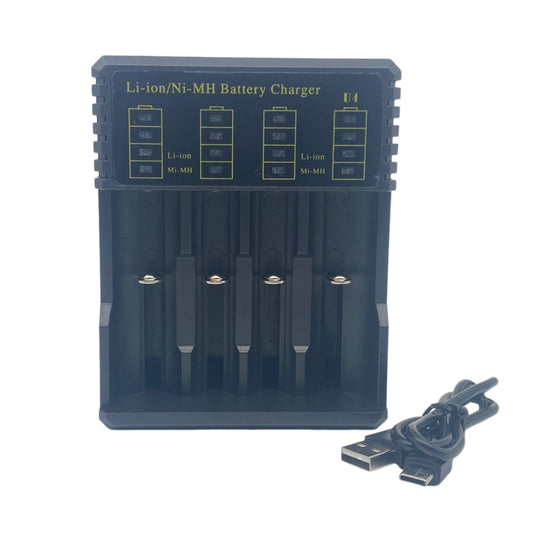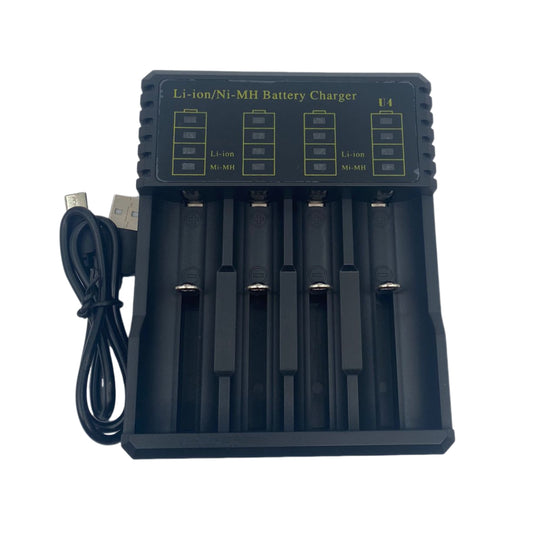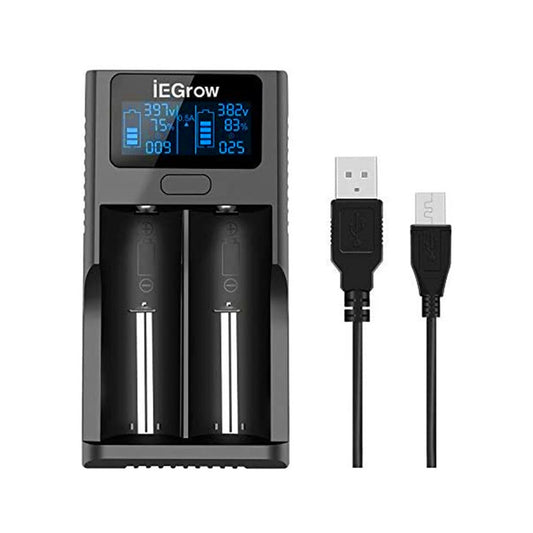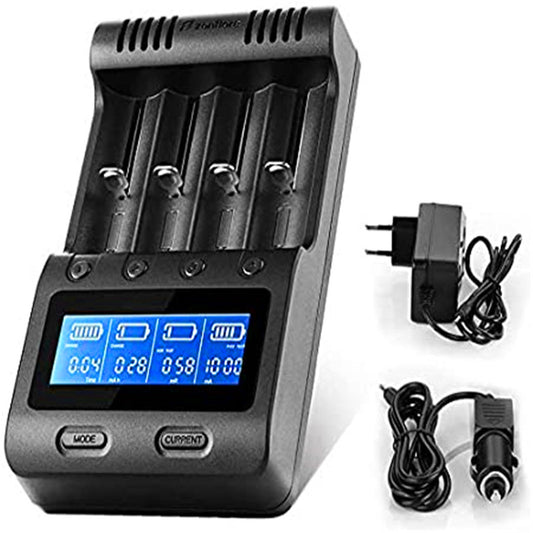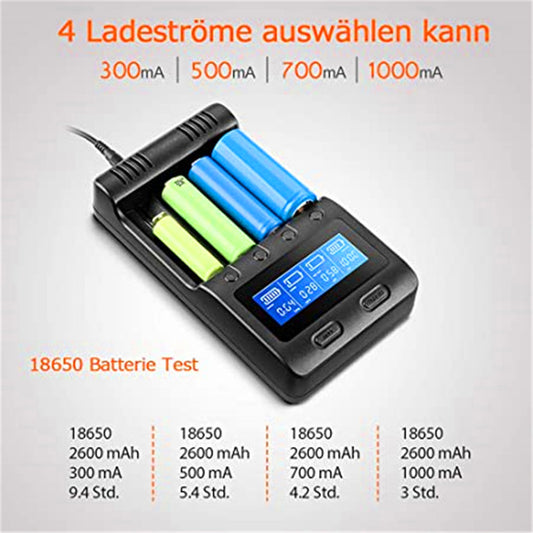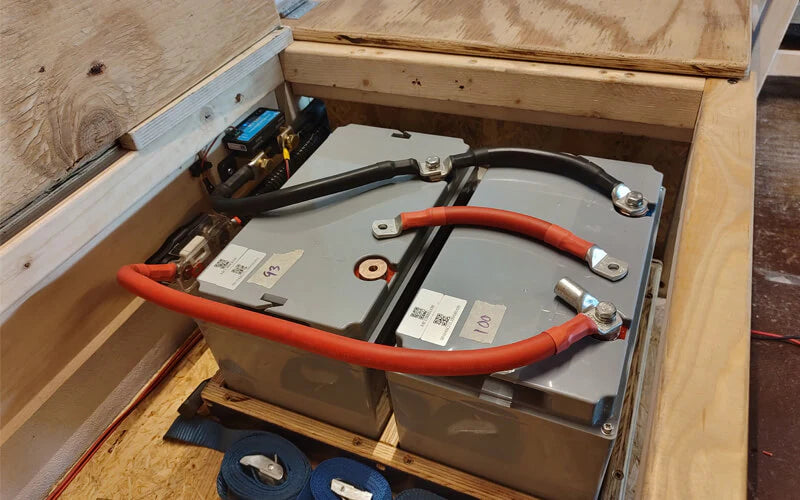Series increases voltage for high-demand devices, while parallel boosts capacity for longer runtime. Understanding battery series and parallel connections can help you run your power system more efficiently. This article will guide you through the differences between them—keep reading to learn more!
What are Batteries in Series?
To connect batteries in series involves linking the positive terminal of one battery to the negative terminal of the next. This setup increases the total voltage while keeping the capacity (Ah) the same as that of a single battery. For example, connecting two 12V, 100Ah batteries in series will yield 24V with a capacity of 100Ah. Series connections are usually used in powering specific devices that need higher voltage.
Advantages of Batteries in Series
Connecting batteries in series increases the overall voltage while maintaining the same capacity and reduces the current draw for the same power output, leading to more efficient power delivery and reduced energy loss due to resistance.
Disadvantages of Batteries in Series
While series connections boost voltage, they do not increase capacity, which can be limiting for applications needing longer runtime.
Additionally, if the batteries are not perfectly matched in capacity, voltage, or age, it can lead to imbalances during charging and discharging, potentially reducing system efficiency and battery lifespan.
What are Batteries in Parallel?
If Connecting batteries in parallel, link the positive terminals of all batteries together and the negative terminals together. This configuration keeps the voltage the same as that of a single battery but increases the overall capacity (Ah). For example, connecting two 12V, 100Ah batteries in parallel will still provide 12V, but the capacity will double to 200Ah. This setup is often used in the systems that need to extend the runtime.
Advantages of Batteries in Parallel
Parallel connections enhance the overall capacity, allowing for longer system runtime without increasing voltage. This setup is also more flexible, as individual batteries can be replaced without affecting the system's voltage, simplifying maintenance and extending operational life.
Disadvantages of Batteries in Parallel
Parallel configurations do not increase voltage, which may not be suitable for all applications. Moreover, they can be more complex to balance, as differences in individual battery characteristics might cause uneven discharge, requiring additional components to ensure stability and efficiency.

Can I Wire Batteries in Series and Parallel at the Same Time?
Wiring batteries in both series and parallel configurations is possible and is so beneficial that be used in many power systems. To wire batteries in a series-parallel setup, first connect pairs of batteries in series by linking the positive terminal of one battery to the negative terminal of the next. Then, connect these series pairs in parallel by linking the positive terminals of the series groups together and the negative terminals together. This setup allows you to increase both the voltage and the capacity of your battery system.
For instance, connecting two 12V, 100Ah batteries in series will give you 24V at 100Ah. If you then connect another identical pair in series and link the two pairs in parallel, the result will be 24V at 200Ah.
Advantages of Series-Parallel Connections
Series-parallel configurations combine the benefits of both series and parallel setups, offering increased voltage and capacity. This flexibility allows you to customize the system to meet specific power requirements, making it suitable for a wide range of applications.
Disadvantages of Series-Parallel Connections
This setup can be more complex to implement, requiring careful attention to connections and battery matching to ensure optimal performance. If the batteries differ in capacity, age, or type, it can lead to imbalances in charging and discharging, reducing the overall efficiency of the system.
Can I Connect Different Batteries in Parallel or in Series?
Connecting different batteries in parallel or series is generally not recommended. When batteries of varying capacities, voltages, or chemistries are connected together, it can lead to several issues that may affect the performance and lifespan of the batteries.
Problems of Connecting Different Batteries in Parallel
When different batteries are connected in parallel, differences in capacity can cause uneven discharge, leading to overheating and premature failure. Voltage mismatches can result in one battery charging the other, which can generate excessive heat and damage both batteries.
Problems of Connecting Different Batteries in Series
In a series connection, differences in battery capacities can cause imbalances in charging and discharging, leading to overcharging or over-discharging the weaker battery. This setup is also limited by the weakest battery, reducing the overall efficiency of the system.
Which is Better: Batteries in Series or Parallel?
Connecting batteries in series or parallel depends on your specific needs, such as whether you require higher voltage, increased capacity, or longer battery life. Both configurations have their advantages and limitations.
Do Batteries Last Longer in Series or Parallel?
Battery lifespan depends more on usage and maintenance than on the connection type. However, parallel connections often provide longer runtime by increasing total capacity (Ah). For instance, two 12V, 100Ah batteries in parallel result in 200Ah, which can reduce the depth of discharge (DoD) and potentially extend battery life, with lithium-ion batteries achieving up to 2,000 cycles at 50% DoD compared to 500 cycles at 80% DoD. This is particularly beneficial when using AA NiMH rechargeable batteries or 18650 lithium batteries in various applications.
Does Series or Parallel Output More Power?
Power output depends on both voltage and current (P = V x I). Series connections increase voltage, ideal for high-voltage needs, while parallel connections increase current. For example, three 12V, 100Ah batteries in series provide 36V at 100Ah (3,600 watts), while in parallel, they provide 12V at 300Ah (also 3,600 watts). Choose series for higher voltage and parallel for higher current.
How Quickly Does a Battery in Series Discharge vs Parallel?
In a series setup, each battery discharges at the same rate as a single battery. For example, a 12V, 100Ah battery discharges at 10A for 10 hours. In a parallel setup, the load is shared, reducing the discharge rate for each battery. Two 12V, 100Ah batteries in parallel discharging at 10A will last 20 hours, as each battery only discharges at 5A.
Is it Better to Charge Batteries in Parallel or Series?
Parallel charging is generally safer and simpler, allowing each battery to receive the same voltage with a standard charger. This reduces the risk of overcharging. For instance, a 20A charger on two 12V, 100Ah batteries in parallel delivers 10A to each battery. Series charging requires a charger matching the total voltage and can lead to uneven charging if batteries aren't identical.

Batteries in Series or in Parallel FAQs
What would happen if batteries were not properly wired?
Improper connections can lead to short circuits, causing the batteries to overheat, potentially leak, or even catch fire. Additionally, incorrect wiring may result in no power delivery or damage to the batteries and connected devices.
Can you connect eBike batteries in series vs parallel?
Yes, you can connect eBike batteries in series to increase the voltage or in parallel to increase the capacity. Higher voltage from series connections can enhance the motor's acceleration, while increased capacity from parallel connections extends the riding range. However, remember to use batteries with identical specifications to avoid performance issues and ensure safety.
How Many Batteries Can I Connect in Series or in Parallel?
There's no limitation for connecting batteries in series or in parallel. However, remember to note that you can't exceed the limitation of the whole system. For example, you should not wire too many batteries in series so that the voltage exceeds the battery management system can control.



